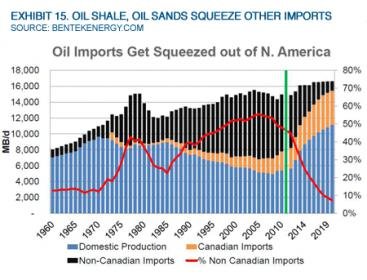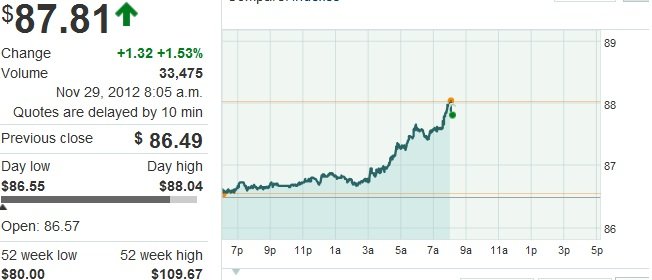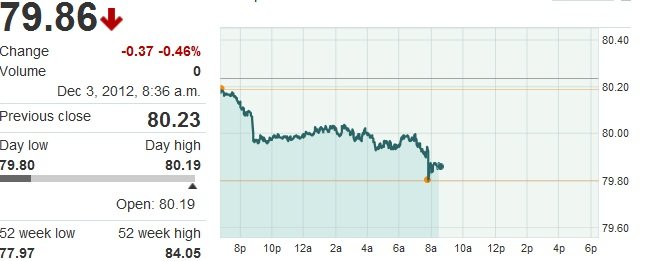nnuut
Moderator | TSP Talk Royalty
- Reaction score
- 210
The Forum works well on MOBILE devices without an app: Just go to: https://forum.tsptalk.com
Please read our AutoTracker policy on the
IFT deadline and remaining active. Thanks!
$ - Premium Service Content (Info) | AutoTracker Monthly Winners | Is Gmail et al, Blocking Our emails?
Find us on: Facebook & X | Posting Copyrighted Material
Join the TSP Talk AutoTracker: How to Get Started | Login | Main AutoTracker Page
The Forum works well on MOBILE devices without an app: Just go to: https://forum.tsptalk.com ...
Or you can now use TapaTalk again!
Earlier this month, as part of its annual energy outlook, the International Energy Agency (IEA) published a study suggesting that by 2015 the United States will become the world's largest gas producer and by 2017 the largest oil producer if one includes crude oil, natural gas liquids and biofuels. That status, however, will be short-lived as Saudi Arabia is projected by the IEA to regain its number one oil producer position by about the mid 2020s. Given the growth in U.S. and Canadian hydrocarbon production in recent years, coupled with slowing demand growth, energy imports will fall until eventually North America becomes a net oil exporter about 2030 and the U.S. becomes nearly energy self-sufficient by 2035.

RIGZONE - Musings: If You Believe The IEA, Our Energy Worries Are OverThe first test of that assumption will come early next year when the Obama administration will be presented with a request to approve the permit to construct the Keystone XL pipeline and allow more oil sands bitumen to enter the U.S.
There are a number of people suggesting the Keystone project will get a green light to move forward. They are assuming President Barack Obama will not support his environmental friends by stopping the importation of more "dirty" oil sands output. Supporters of Keystone have to assume this oil will be used by the Gulf Coast refineries, which means that heavy oil volumes currently imported from Venezuela and Mexico will be cut and replaced with Canadian bitumen. That assumption is due to TransCanada's plans to mix the bitumen with Bakken light crude produced in Montana and North Dakota. Without a change in the federal law restricting the export of U.S. oil production, by blending the two oils, Keystone's volumes cannot be exported. If the refineries utilizing Venezuelan and Mexican heavy oil don't want to change suppliers, then the existing Gulf Coast refining complex will have too much heavy oil to be processed. That means the refining industry will have to revamp facilities to use more heavy and less light oil.
RIGZONE - Fracking Industry Keeps Eye on Obama; EPA Report Could Doom its FutureThe drilling process that has brought U.S. energy independence within reach faces renewed scrutiny from the Obama administration and an uncertain future in many states.
Oil and gas industry leaders remain enthusiastic yet cautious that hydraulic fracturing, commonly known as "fracking," will be fully embraced by the newly re-elected President Obama and state leaders.
Fracking is a controversial but highly successful practice that has unlocked massive amounts of fuel. Endorsements from Mr. Obama and state leaders would make fracking the cornerstone of U.S. energy policy for decades to come.
Industry leaders won't have to wait long for their first clue to what the future holds.
Next month, the Environmental Protection Agency is expected to release a draft of its long-awaited report on suspected links between water pollution and fracking, which uses huge amounts of water, combined with sand and chemical mixtures, to crack underground rock and release trapped oil and gas


